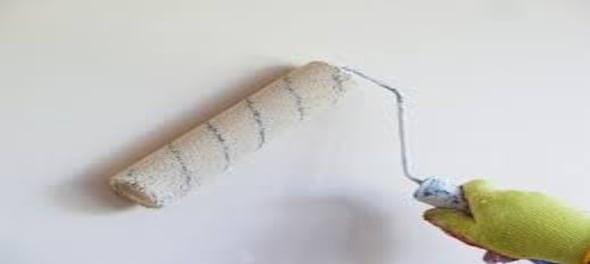
Crude oil prices affect the decorative paints business more than any other. That is because it is a raw material-intensive industry. The manufacturing of paints requires more than 300 items, most of being petroleum-based. Rising crude oil rates also raise the cost of production of items such as titanium dioxide, a key ingredient for white paints.
Over the last few quarters, the paints industry has been feeling the pinch in terms of operating margins. High crude oil prices have resulted in a sharp increase in the prices of raw material, which accounts for 55-60 percent of the costs. Several price hikes earlier this year have also not entirely offset impact of high inflation in raw material.
Although the problem of higher crude prices may seem temporary, it does not end there. There is also trouble sourcing items like tinplate, a material used to make metal cans that store the paint. Due to delayed shipments and non-availability of containers and vessels, there has been a shortage of tinplate, leading to a sharp uptick in paint packaging prices.
India’s paint sector is neither new nor unpenetrated. Yet it enjoys the kind of favour among investors like few other sectors do. Why? The answer is the top paint makers’ consistency, profitability and sustained wealth creation.
Top five players in the organised paint market corner 90 percent of the paint revenue in India. Of this, 77 percent of the revenue comes from the decorative paints segment.
ALSO READ
For the country’s Rs 53,000-crore paint industry, new opportunities have also opened up with products such as building chemicals, adhesives, wall putties and wood polish finishes now being distributed through the same network. These segments contribute less than 5-10 percent to revenue but help players in the decorative segment offer more solutions in the home decor space.
Asian Paints said in its latest post-earnings conference call that it had not seen the kind of current input inflation in the past 40 years. To counter this problem and avert the impact of price hikes on volume, the company has added 40,000 retail touch points in 18 months. Asian Paints may be able to tide over the inflation problem with its supply chain expertise. But the question is: can other paint companies also do it?
The prospect of big profits in the Indian paint sector is alluring. While JSW is already in the business for the past two years, Grasim will be setting up its first paint unit, in Haryana. Also, existing players like Indigo Paints, which recently listed its shares on Dalal Street, are using their innovative strategy to gain market share.
So, the true colour of India’s best paint companies lies in their ability to tide over volume and margin concerns with supply chain efficiencies. Buying other players in the sector could be fraught with risk if the cost concerns linger.
--Tanushree Banerjee is Co-Head of Research at Equitymaster. The views expressed in the article are her own.
Check out our in-depth Market Coverage, Business News & get real-time Stock Market Updates on CNBC-TV18. Also, Watch our channels CNBC-TV18, CNBC Awaaz and CNBC Bajar Live on-the-go!


AAP protest today: Delhi traffic police issues traffic advisory, security at BJP headquarters beefed up
May 19, 2024 11:26 AM
BJP is planning to ban RSS, says Shiv Sena (UBT) chief Uddhav Thackeray
May 18, 2024 8:01 PM
Punjab Lok Sabha elections: Complete list of Congress candidates
May 18, 2024 4:08 PM
Punjab Lok Sabha elections: Check full list of AAP candidates and constituencies
May 18, 2024 12:59 PM

